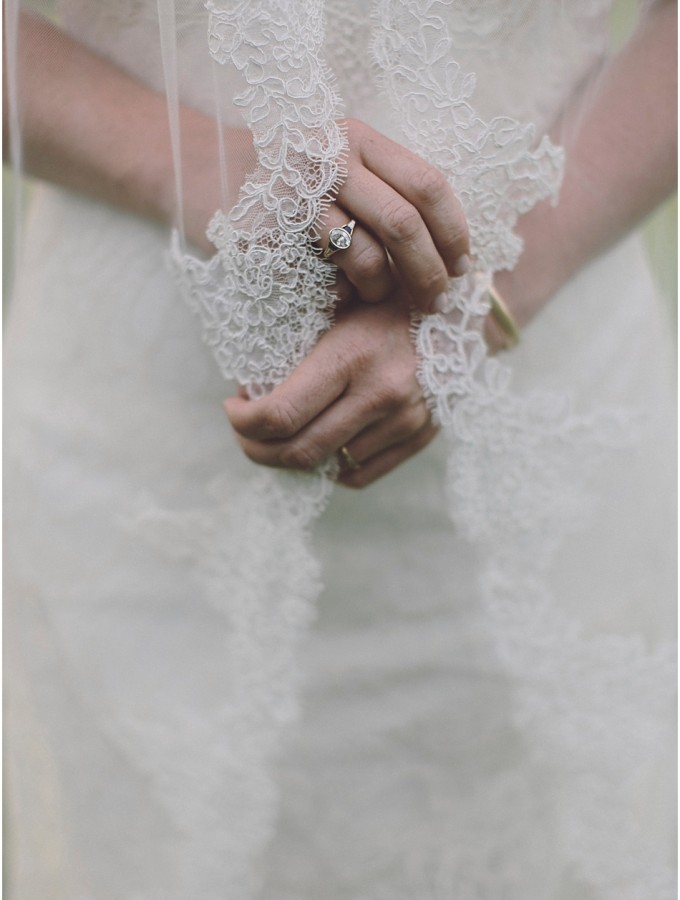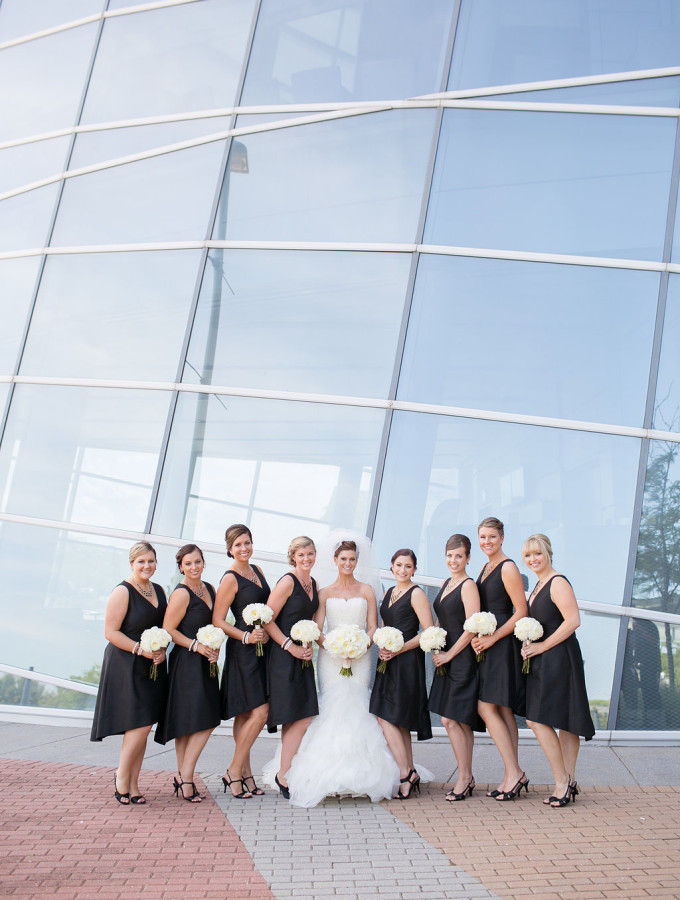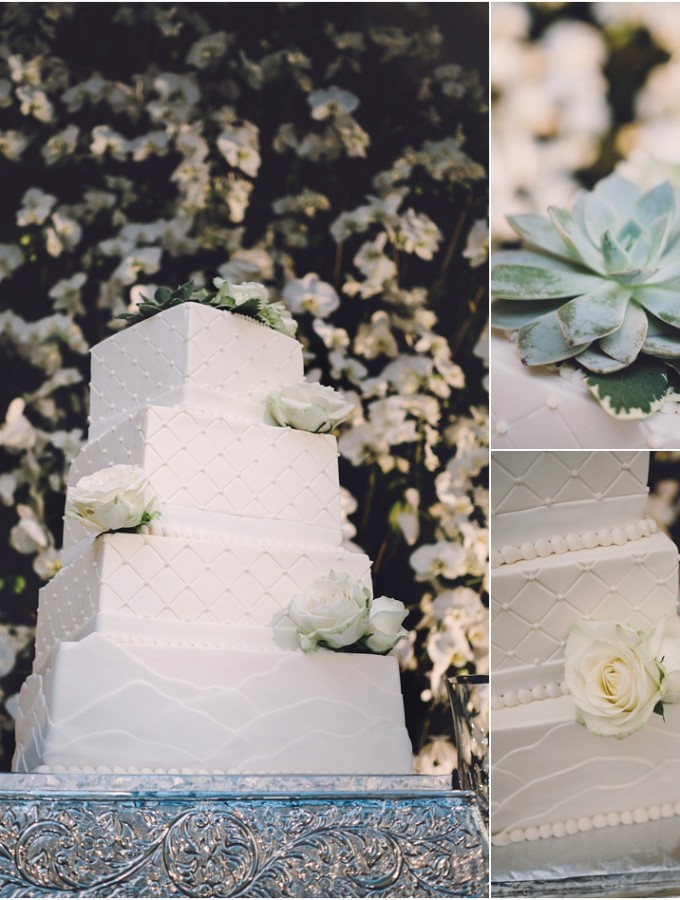This past week our Hampton Roads ISES chapter hosted an event focusing on Indian Wedding celebrations. We learned so many amazing things from speaker Erin Calvimontes, but today we would like to focus on bridal mehndi. Mehndi is a very important part of both Hindu and Muslim weddings in India and we are going to share a glimpse of it with you.

For starters, mehndi and henna are essentially the same thing; a dye that is used to color skin, clothes, hair and nails. It is a powder/paste that is derived from the henna plant, and depending on its strength, the dye can range from orange to dark brown. It is applied with a steady hand using a cone shaped applicator, and the designs can vary greatly by skill, region, and personal preference. Prior to an Indian wedding there will be a mehndi ceremony where the bride will have mehndi applied to a portion of her arms and/or hands, and sometimes feet and legs. The amount of coverage may vary from one bride to another, and is applied by either a family member or mehndi expert. Upon drying, the hand drawn design will last for several weeks. Here is a clip:
Parijat’s Mehndi Clip from Vijay Rakhra on Vimeo.
The mehndi ceremony is very lively and festive, and every female family member participates. Lemon juice and sugar may be added to darken the mehndi, as it is believed that the darker the color the greater the love for the husband. The mehndi can take hours to dry, so once applied the bride must patiently wait. As the mehndi dries it will begin to flake off on its own.
Our ISES event was decorated by Ivory Morgan-Burton of Storybook Events and photographed by Carl Anderson of Hampton Roads Photography.


Savarnas offered their henna/mehndi designs to each of our guests and below you will see the process of the drying/flaking/staining which happened over the course of several days.This particular design was done by Simran K of Savarnas.







